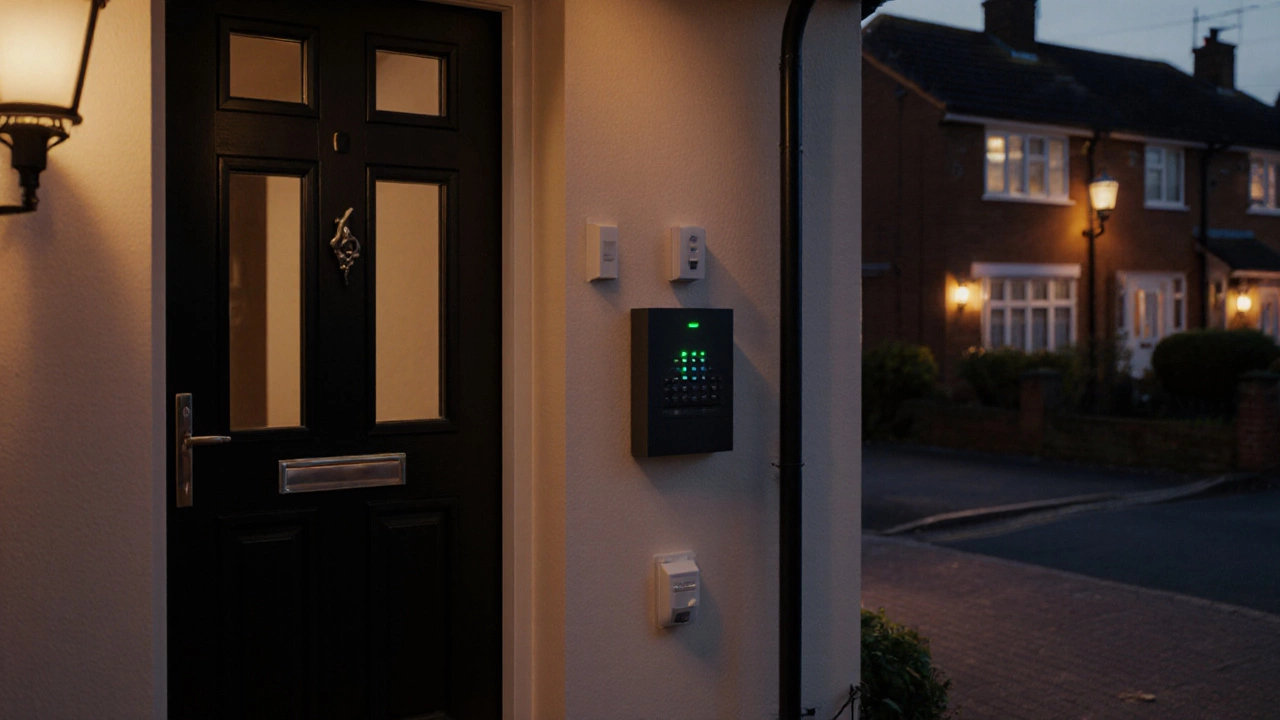When dealing with Alarm Limitations, the factors that reduce an alarm system's reliability, such as sensor sensitivity, environmental interference, and user habits. Also known as alarm constraints, they shape how well a property stays protected. Alarm limitations encompass sensor drawbacks, require thoughtful component selection, and influence overall system design. Below we break down the most common roadblocks you’ll meet when setting up a modern alarm.
One of the biggest sources of alarm limitations is the sensor itself. PIR sensors, passive infrared detectors that spot heat changes from moving bodies are cheap and widely used, but they struggle with temperature swings, small pets, and direct sunlight. Their tendency to trigger false alarms when a cat darts across the room or when sunlight heats a wall can quickly erode trust in the system. Understanding these alarm limitations helps you choose the right sensor placement and settings to keep nuisance alerts at bay.
Beyond PIR units, the broader family of motion sensors, devices that detect movement using infrared, microwave, or ultrasonic technology each bring their own pros and cons. PIR is great for indoor use, microwave can see through glass, and ultrasonic works well in humid environments. However, every type introduces its own set of limitations: microwave may sense motion through walls, ultrasonic can be confused by air currents, and PIR is blind to slow motions. Selecting the right mix of sensors is crucial because alarm limitations require a balanced approach to coverage and false‑alarm risk.
Pet‑friendly alarms try to solve the animal‑trigger issue, but they add another layer of complexity. Systems that ignore pets usually lower sensitivity or add pet‑immune zones, which can create blind spots for actual intruders. The trade‑off means you must weigh the comfort of keeping your dog safe against the chance of missing a real break‑in. In practice, combining pet‑friendly settings with strategic sensor placement can reduce the impact of alarm limitations while still protecting furry family members.
Video doorbells and other smart entry devices also play into alarm limitations. While they add visual verification, they rely on Wi‑Fi stability, power continuity, and proper field of view. A poorly positioned doorbell may miss a visitor, and a spotty network can delay alerts, weakening the overall security posture. Integrating these devices into the alarm loop therefore demands attention to network bandwidth, power backup, and mounting height to keep limitations from turning into vulnerabilities.
All these factors—sensor type, pet considerations, and smart device integration—show how alarm limitations shape the effectiveness of a security system. Below you’ll find a curated set of articles that dig deeper into each of these topics, offering practical tips, product comparisons, and real‑world examples to help you design a system that works for your home or business without the usual headaches.

Explore the key drawbacks of burglar alarm systems, from false alarms and cost to power reliance and privacy issues, plus practical tips to overcome each challenge.